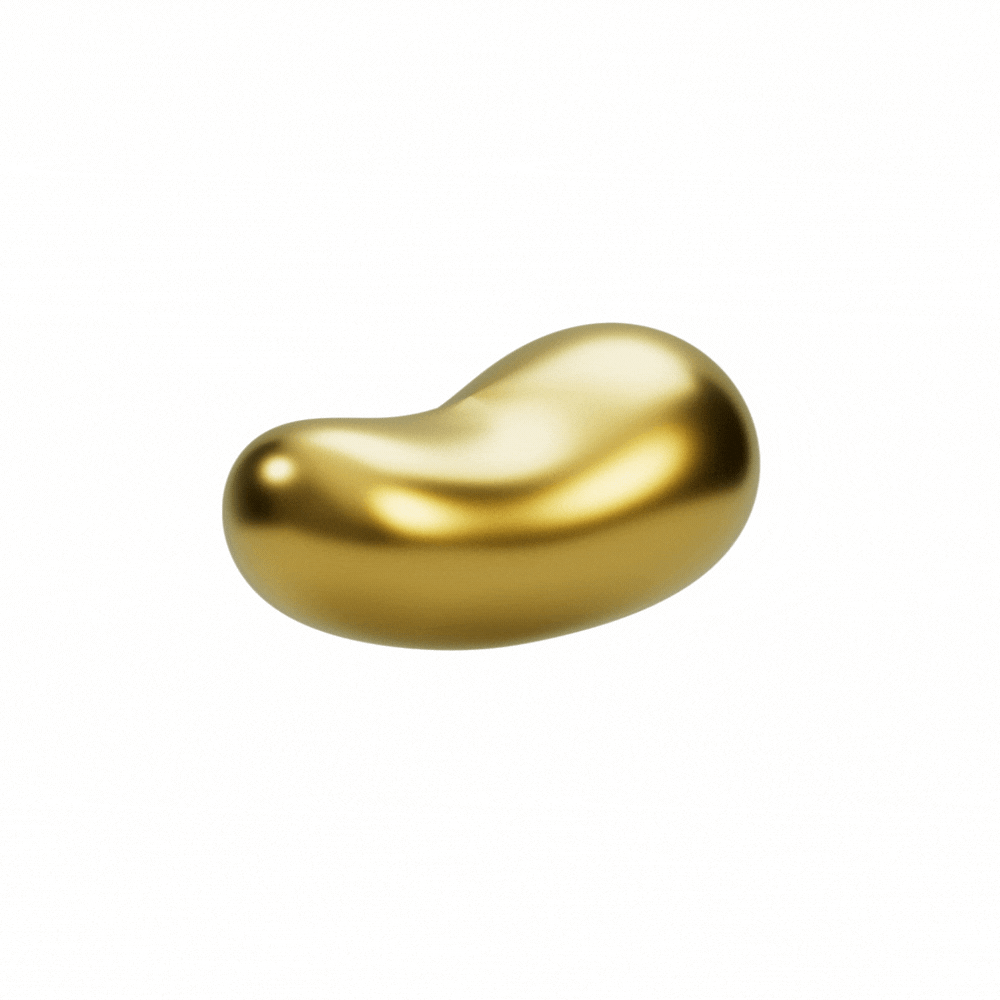Jess Parke
Jess Parke is a visual artist living and working in Philadelphia, PA. She studied printmaking at Tyler School of Art, where she focused on monotyping and combining print with sculpture. Jess now focuses her practice on illustration, employing traditional graphite drawing techniques and exploring themes of fantasy, attention, and dreams. She can be found in her home studio, which doubles as a makeshift reptile room, daydreaming about places that don’t exist.
Collect Bean: How do you think your work has evolved?
Jess Parke: When studying printmaking, I felt connected to and invigorated by all the different processes and materials. I liked having to slow down and use both hands and being guided by the properties of inks and solvents. The series of abstract pieces that resulted were ultimately responses to these processes, exercises using a visual language I had built up over time. After school, and without access to printing facilities, I began exploring more narrative-driven work, but continuing to use the same imagery and symbols. I started reading a lot of graphic novels and trying to illustrate these larger themes that interested me - I remember the first one was buried treasure. I was obsessed with the concept that something amazing could be dug up from the dirt. My work has since gradually shifted on the spectrum from abstract to cartoonish representation, and now it sits somewhere in the middle.
Collect Bean: Where are you currently finding inspiration?
Jess Parke: I get most of my inspiration from my subconscious brain. The ideas that interest me the most usually come as fleeting visuals in the hypnagogic state as I’m falling asleep. I’ll try to come back to reality for a moment and scribble something down. When I’m sleeping, I usually have long, vivid dreams. When I wake up, I try to piece together what I remember from fragments of images and feelings. I feel like something special happens when some information is lost in translation. I also get a lot of inspiration from science fiction novels' descriptive, evocative language. I love the way some authors can take our existing perception of the world and use it as a building block to represent something fantastic - that’s basically what I'm trying to do.
Collect Bean: Are there any recurring themes or motifs in your art, and if so, what do they represent to you?
Jess Parke: I use a lot of motifs that just represent moments of mysticism and magic. I love stars and spirals, angels, bright light, and shiny objects. Fruit is very provocative to me and finds its way into a lot of my work. I like to include eyes on objects or spying background spectators. My favorite way of expressing dreamlike scenarios is to remove context, and this is usually represented in the environment. Many of my narrative pieces show similar characters in similar landscapes - placed in a valley surrounded by anonymous rolling hills and big skies. This is also used to represent a moment in time in a larger “hero’s journey,” somewhere between here and there.
Collect Bean: Are there any artists or movements that have inspired or influenced your work?
Jess Parke: I love the Pattern and Decoration movement because I love the idea of beauty for the sake of beauty. Learning about P&D sparked my interest in design and ornament, and that’s when I started using frames as a visual tool in my illustrations. Sometimes, I’ll repeat symbols or motifs in frames, but I also reference The Grammar of Ornament for pattern inspiration. I love a patterned frame – it can add so much beauty and movement without distracting attention from the subject.
Collect Bean: If you could give your younger self one piece of advice, what would it be?
Jess Parke: I would tell my younger self to read more. There’s practically infinite information out there that can only add depth and context to your practice. I’m always learning about artists that I wish I had learned about years ago. I would also tell myself to keep drawing. Drawing is often seen as unrefined or unfinished, or more recognized as a preliminary stage, or a sketch that’s supposed to lead to something more. Drawing is accessible and should be used as a tool with other mediums, but it can also stand alone and speak for itself.

